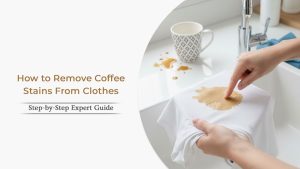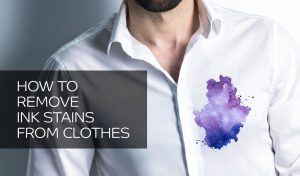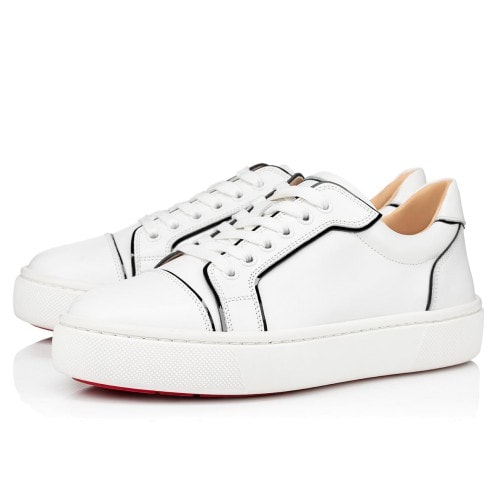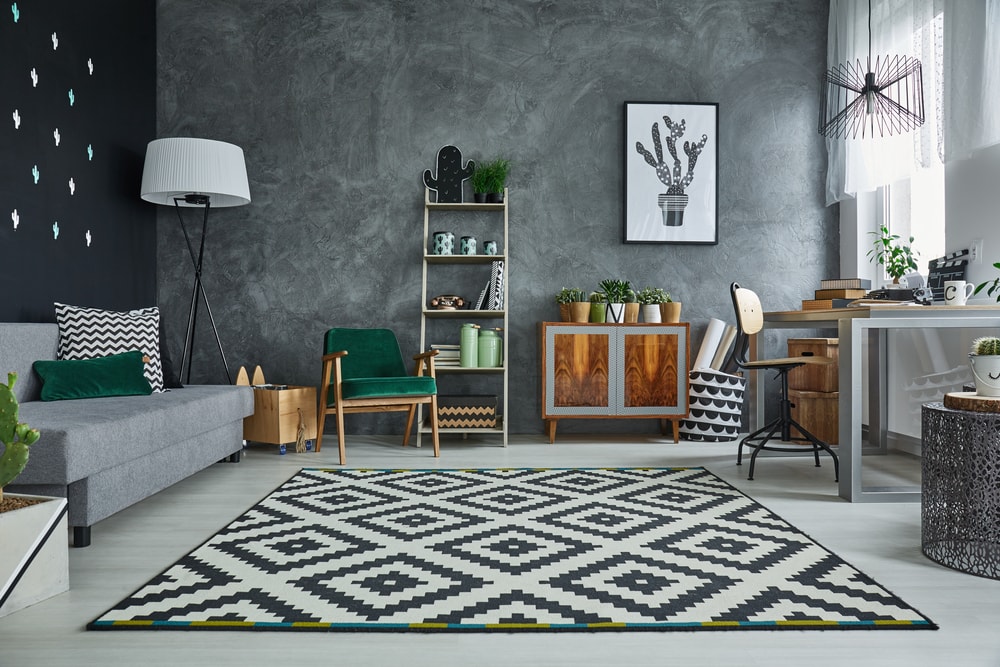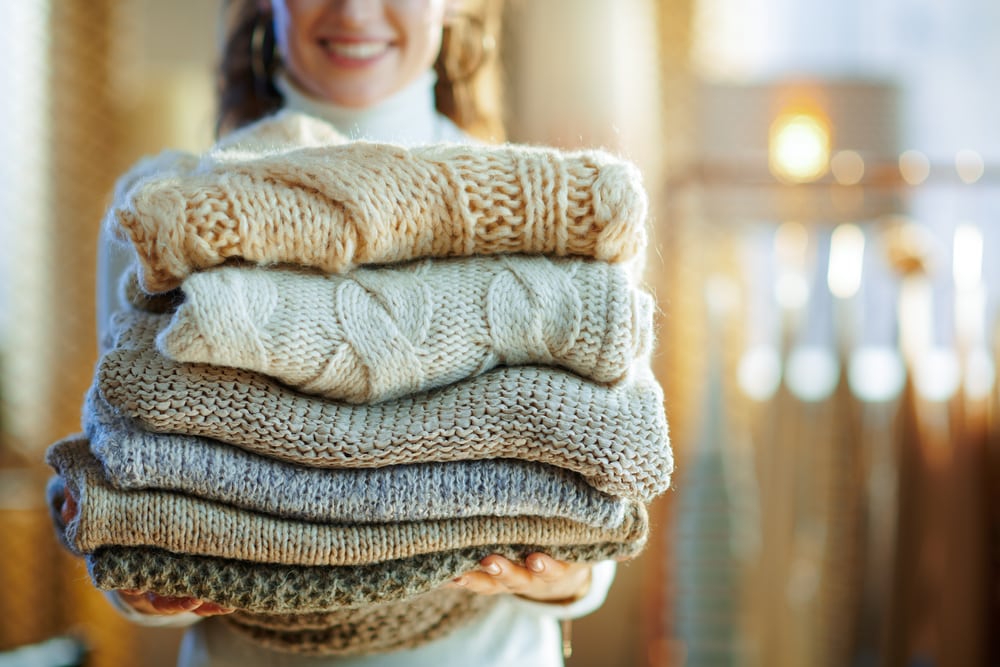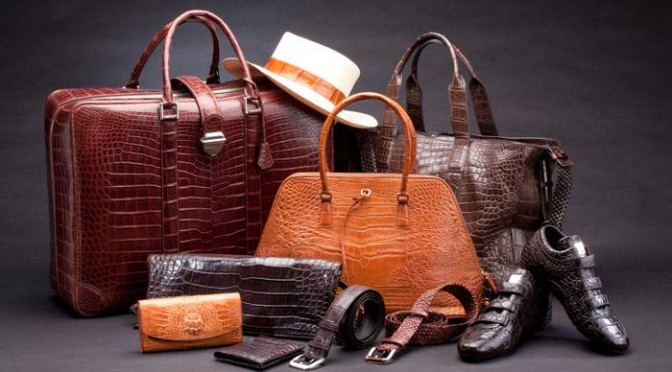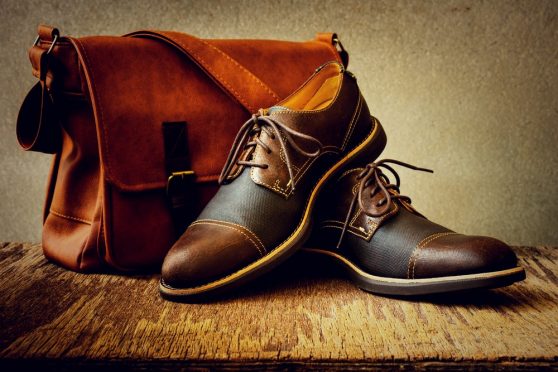Uttar Pradesh is popular worldwide for its rich...
Read More- Blogs
- Dry Cleaning
- What Is Faux Leather: Tips to Maintain Your Bag
What Is Faux Leather: Best Tips to Maintain Your Bag
- Riya Yadav
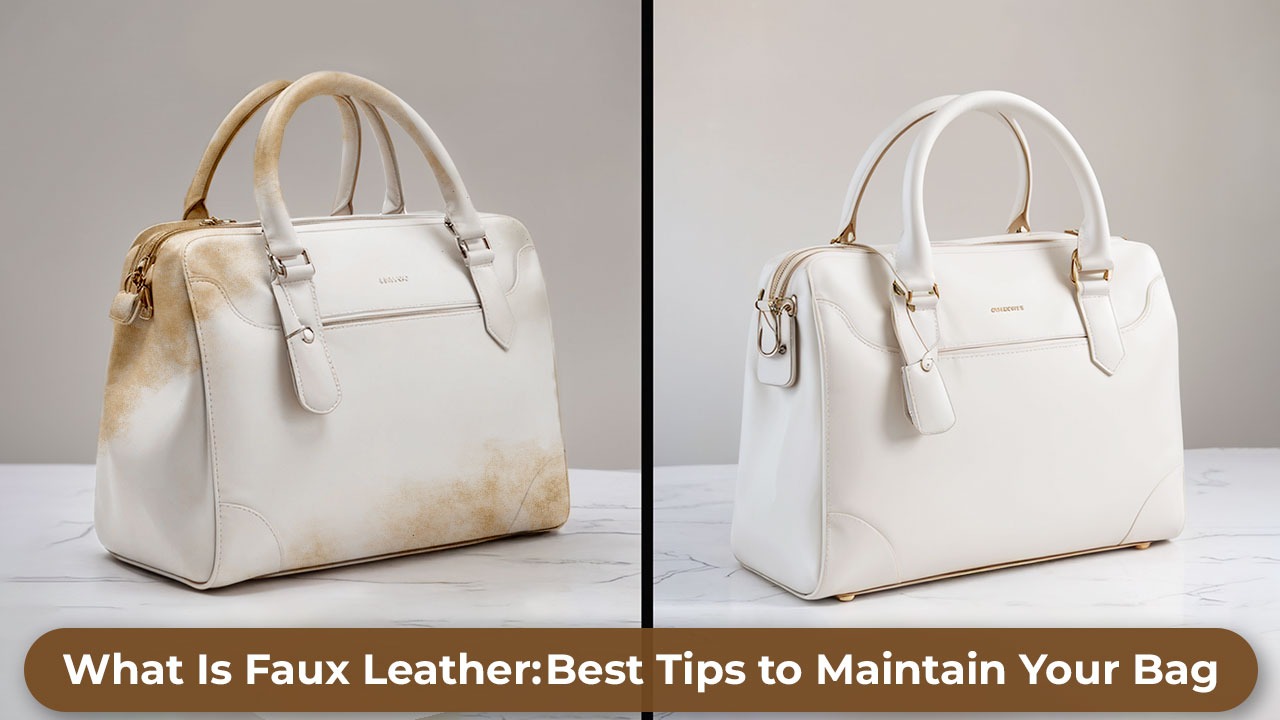
Table of Contents
The last decade has seen an increase in the use of faux leather as it is now used in handbags and even in luxury cars. However, it raises the question for most people: what is faux leather? how it differs from animal hide and more importantly how to take care of one’s faux-leather bags so that they maintain their pristine condition for as long as possible. This guide effortlessly explains the materials and sustainability concerns while offering practical care tips to answer all of the questions related to faux leather.
What Is Faux Leather?
Faux leather is commonly referred to as “vegan leather,” “synthetic leather,” or “PU leather.” It is an imitation material made to look like animal skin and avoid its use altogether. Faux leather made by start using a fabric base, most of the time polyester or cotton, then they cover it with a plastic polymer layer (most frequent is PU but there are also PVC and newer blends which are bio-based).
The faux leather production process includes complex embossing and finishing treatments that produce the grain patterns, sheen, and feel of authentic leather. Because of these detailed processes, many pieces feel indistinguishable from authentic leather at first touch.
What’s the reason behind the increase in demand of faux leather?
There are three specific reasons behind this surge demand:
Ethical consumerism: Many shoppers, for ethical reasons, skip animal products. Faux leather accomplishes this goal without aesthetic compromise.
Cost efficiency: Full-grain cowhide is high quality but comes with a limited supply and steep price tag. Its synthetic counterparts capture the luxurious look at a fraction of the cost.
Material innovation: A previously impossible supple texture breathability, and rich colors to synthetics has been accomplished by recent advancements in polymer chemistry finishing techniques. These include microfiber backing and water-borne PU as well as bio-based resins.
Of greatest significance, differentiating the types of faux leather matters. On the flip side, premium PU or microfiber reinforced composites can compete with mid-grade real leather in softness, tensile strength, and durability. To effectively choose or maintain your bag requires understanding these different tiers.
Want a professional leather dry cleaning?
Is Faux Leather Good?
Using “good” can pertain to a range of factors including comfort level, aesthetics ,and even environmental footprint. Let’s take them one at a time.
1. Aesthetics & Tactility
The modern faux leathers perform extremely well in these two dimensions due to lack of perfect competition. Even within the market with other products at similar price ranges from different brands leading semi-skilled designers thanks way through with copying each other which leads to standardization of products and reduced consumer options.
PU coatings applied with water not only remove the glossy shine characteristic of older synthetics, but also reveal a soft matte luster that is more convincing and realistic. The laminating process using high pressure ensures that upper layers remain significantly thin. Thus, the material drapes and wrinkles will hide.
2. Comfort And User Experience
Faux leather fabrics are made from textiles which means they contain fibers from faux leather materials, making them lighter than animal leather. This aids in carrying large totes or backpacks which becomes easier to carry . It also resists warping humidity which is helpful in tropical climates where real leather can sag. While the breathability differs as well. Micro-perforated PU works while dense PVC captures heat during prolonged periods of wear.
3. Sustainability And Ethics
From an animal welfare concern faux leather stands out. Its environmental story however is more complex. Petrol derived polyvinylchloride (PVC) lacks bio-efficiency and may release dioxins if it gets destroyed. On the other hand bio-PU blends manufactured from corn, cactus or grape skin waste reduces carbon footprints significantly Faux leather brands Desserto (cactus leather) and Vegea (grape leather) manufacture lower impact synthetics.
4. Cost And Accessibility
A premium Designed Cross Body Bag crafted in PU often retails at 30-50% price relative to calf-skin bags making it accessible for most customers. That affordability makes fashion more accessible while alleviating the need to purchase temporary “fast fashion” items that one intends to throw away, assuming proper upkeep will allow the bag to last for years.
A lower grade of leather can be “good” or even, rather excellent, if it comes from a reputable brand and is well taken care of.
What Do You Need for Cleaning Faux Leather?
Make sure you have these things with you. Having the right materials is important because using the wrong ones may damage or dull your bag’s surface finish.
Essentials:
- Lukewarm soapy water: combination of baby shampoo or soft dish detergent, anything stronger is out of the question.
- Soft dish sponge or cotton cloth: Helps soaking up excess moisture and aids in gentle lifting.
- Cotton sponges (1-2): Handy when it comes to wiping down while ensuring scratches are left at bay.
- Soft toothbrush: Quite useful on smaller seams, creases and hardware detailing.
- Baby oil or faux leather conditioner (optional): Restore shine and suppleness lost due to use.
As long as you have these Items, Fabrics will not need excessive scrubbing, soaking, or harsh cleaning techniques which can scratch the surface of the bag. If you don’t have that much time to invest in leather cleaning, you can opt Tumbledry’s premium leather cleaning.
Don’t have time to remove stains?
Step-by-Step: How to Clean a Faux Leather Bag
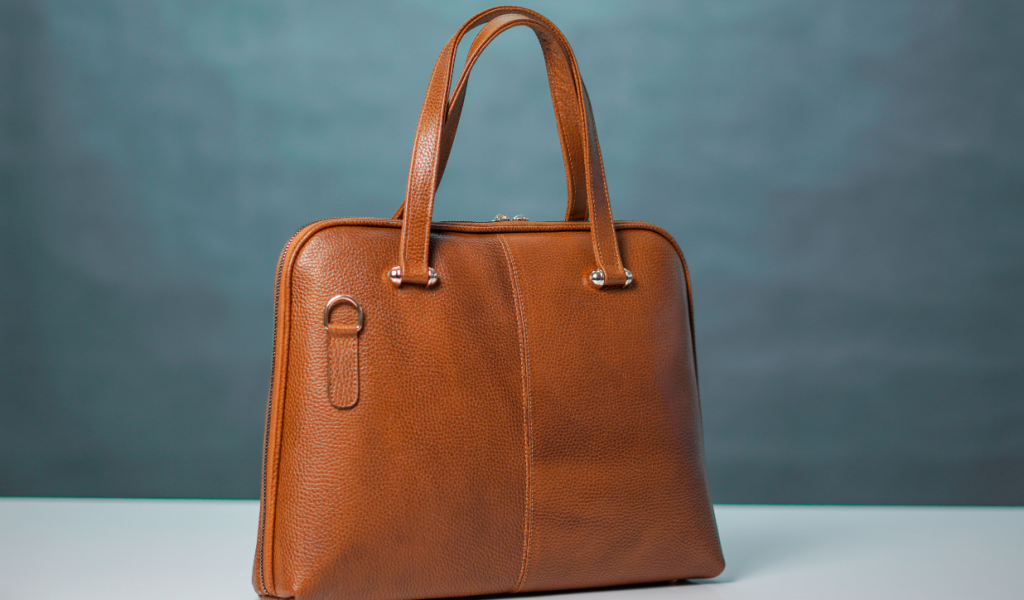
Regular maintenance helps in preventing the accumulation of grime and crack lines on the surface. Here is an easy and safe way to clean grime:
Step 1: Empty and Dust
Remove all items from the bag. Gently shake it to get rid of any dust and crumbs. Using a microfiber cloth, wipe any visible grime on the surface.
Step 2: Mix a Cleaning Solution
Combine a few drops of liquid soap with water that is lukewarm in a small bowl.
Step 3: Gently Wipe Down the Bag
Soak a piece of cloth into the mixture, squeeze out excess liquid, then mop up paying special attention to stain marks, dirt marks, oils residue near handles or where grips are situated.
Step 4: Rinse Off Soap
Take another separate cloth with just water and wipe any remnants of soap left on the bag.
Step 5: Dry with Care
With a microfiber towel, pat down the bag until it is slightly damp. Avoid using hair dryers, heaters or putting them in direct sunlight during drying.
Step 6: Condition (Optional)
To give extra protection after steps above, apply conditioner made for faux leather or baby oil placed on soft clothes. Rub it lightly in circular action buffing off extra product gently while gentle rubbing in circles adds additional techniques for protection.
Flat 20% off on 1st order-
schedule free pick up
What You Should Not Do While Cleaning Faux Leather?
Faux leather can be easily damaged by improper cleaning methods. Here are some steps that should not be taken while cleaning:
Avoid soaking the bag: Faux leather is not waterproof, excess moisture can cause layers to separate or bubble.
Avoid alcohol-based cleaners and acetone: These solvents will remove the protective top layer of faux leather.
Hard brushes and scouring pads should be avoided at all costs: These scrub tools scratch the coating, leading to peeling damage.
Avoid applying excessive moisturizing oils: Skin conditioner is beneficial in small amounts, but excess oil clogs pores and attracts dirt.
Heat drying is a no-go: Heat melts and warps surfaces , so air-drying is always preferred.
These guidelines assist in maintaining your bag’s appearance as well as preserving its softness, durability, and Substantial steadfastness.
Is Faux Leather Durable?
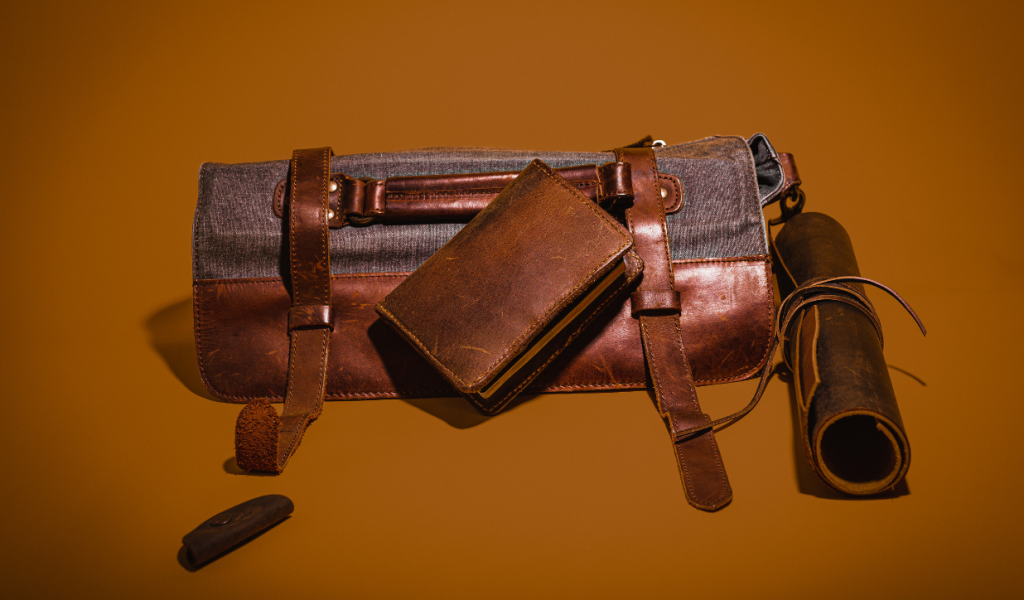
Durability hinges on four factors: abrasion resistance, flex performance, hydrolysis resistance, and UV stability.
1. Abrasion Resistance
Testing labs like Martindale measure the number of friction cycles surfaces endure before they begin to wear. Mid-range PU often reaches 30,000-40,000 cycles. Microfiber reinforced PU can surpass 100,000 cycles, competing with top-grain leather. PVC is at a disadvantage, suffering scuffing damage after only 10,000 cycles.
2. Flex Performance
Bags are folded at the seams and handled thousands of times. High‑quality PU permits over 100,000 flexes without cracks due to an elastomeric section in the polymer chain that recovers. Cheap PVC becomes brittle and develops spider-web cracks in months when exposed to cold temperatures.
3. Hydrolysis Resistance
Water vapor slows down the breaking down of ester bonds in PU.The best grades have incorporated antioxidants and cross linkers which enables them to pass eight week accelerated humidity tests, budget synthetics would peel in two weeks. Proper cool storage, dry ventilation dramatically slows this decay significantly slowed decay.
4. UV Stability
Light exposure causes yellowing and surface chalking as well as degrading due to UV triggers additives for yellowing The use of UV absorbing additives dark pigments strengthen resistance compared to stark whites. Best protection remains keeping your bags not placed under prolonged direct sun exposure
What Faux Leather Is Made Of?
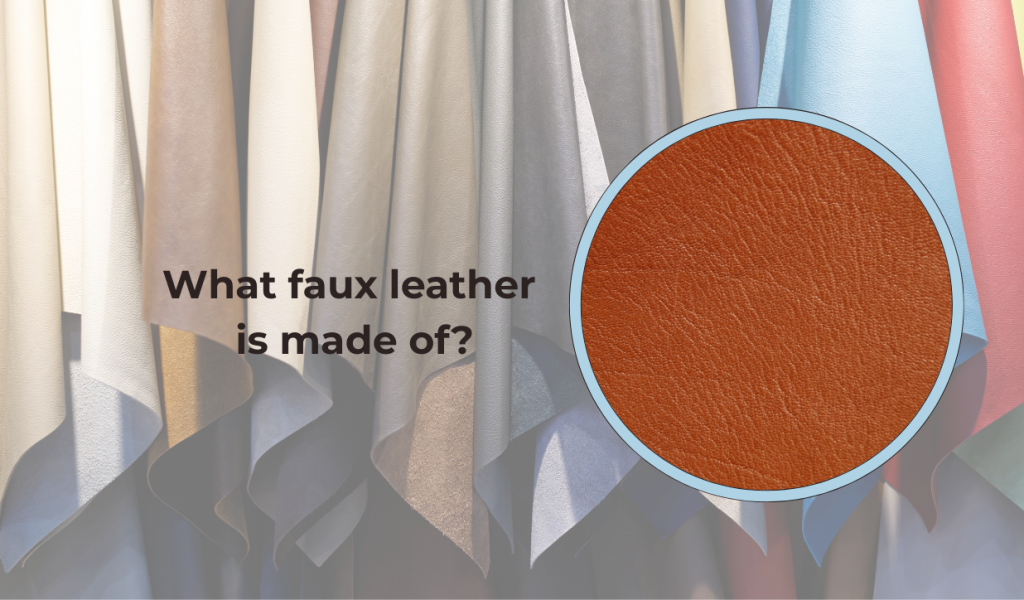
This section digs into materials science so you can spot quality when shopping.
Component | Function | Quality Clues |
Base Fabric (polyester, cotton, nylon, microfiber) | Provides tensile strength, shape retention | Tightly woven microfiber or non‑woven felt cores flex better than loose weaves |
Coating Polymer (PU, PVC, bio‑PU) | Supplies waterproof layer, grain texture | Solvent‑free, water‑borne PU feels soft and eco‑friendlie. Avoid plasticky PVC unless labeled “phthalate‑free” |
Plasticizers & Additives | Enhance softness, color, UV resistance | Look for REACH‑ or Prop 65‑compliant claims safer, higher‑end |
Finish Layer (lacquer, matte, pearlescent) | Adds sheen, scratch protection | Semi‑aniline PU finish feels buttery and resists fingerprints
|
Manufacturing Steps
Direct Coagulation or Direct Coating: PU is either cast upon or spread on the fabric.
Embossing: The grain patterns are pressed with heated steel plates.
Curing: Cross-linking of polymers for toughness.
Finishing: Protective lacquers or waxes are applied.
Some advanced mills create a hybrid look by layering recycled leather fibers, blending real-hide crumb with PU which is called “reconstituted leather”.
Find A Meaning of Faux Leather?
“Faux”, a French word meaning imitation or false, in English translated to faux leather means any leather-like material not obtained from animal skin. Definitions however may differ and on a legal basis:
United States: Mostly known as “Faux leather,” “synthetic leather,” or “PU leather” as acceptable qualifiers.
European Union: Other countries also have similar laws and some require ‘imitation leather’ labeling.
India: Bureau of Indian Standards classify these materials under artificial leather, coated fabrics.
Even the finest materials can break down over time without proper maintenance. By following this proven routine, your bag will remain stylish and sophisticated for years to come.
Tips to Maintain Your Faux‑Leather Bag Like a Pro
Even the best material fails without care. Follow this routine and your bag will stay elegant season after season.
Daily Habits
Gentle Wipe‑Down: After each use, gently lift sweat, dust, and grime using a soft dry microfiber cloth.
Avoid Overloading: Contents greater than 70% of volume warp shape and cause permanent damage. Keep contents less than 70% full.
Mind The Friction: Denim rivets and embellished jackets are abrasive. Change sides occasionally to reduce the pace of wear.
Weekly Refresh
Spot Cleaning
- Combine mild dish soap with lukewarm water.
- Moisten a clean cloth, wring it out to remove excess liquid, then gently blot (do not scrub) the stains until they fade away.
- Pat dry after wiping with plain water and patting dry afterward.
Condition—Yes, Really
- Use faux-leather conditioners that do not contain silicone or apply very small amounts of baby oil.
- Always test on some corner first.
- Apply in circular motions over the treated area while buffing off any excess immediately. It helps restore lost softness as well as natural finish.
Monthly Deep Care
pH-Neutral Cleanser: Specialty synthetic-leather foams that are pH-neutral will cleanse away body oils without damaging your skin’s surface.
Protective Spray: This PU protective spray not only repels water but adds UV blocking too acts like an invisible shield. For monsoon or summer it is advisable to reapply every 4-6 weeks.
Interior Check: Remove everything from the bag, vacuum out any crumbs then for odor or mold prevention wash the lining with vinegar diluted 1:4 ratio washing vinegar.
Things to Avoid to Improve the Life of Your Faux Leather Bag
With or without reason, any form of faux leather will degrade over time if not properly maintained. Below are some daily practices that should be skipped over for optimum durability:
- Leaving Bags In Direct Sunlight
- Excessive exposure to sun rays damages faux leather.
- The damage manifests in the form fading, discoloration and surface brittleness.
- Always store bags in cool shaded areas.
- Humid Sealed Areas
- Humidity provides a fertile breeding ground for mold while plastic storage traps moisture.
- A better alternative would be using cloth dust bags which contain silica gel packets aiding long term storage.
3. Overloading the Bag
- The faux handbag is at risk of stretchable seams as well as unsightly warped shapes with too much added weight from within.
- Structured bag organizers will assist in preventing over-stuffing whilst maintaining shape and structure conserving its outward appeal.
- Skipping regular upkeep
- A synthetic leather bag still requires attention once a week.
- Wiping it and cleaning it on a monthly basis helps to maintain looks and eliminate build up grime.
- Overlooking Materials
- Zippers, locks, and clasps are susceptible to rusting or tarnishing over time.
- To keep metal fittings in good condition, make sure to polish them and don’t allow them to stay damp.
- Leaving in Hot or Closed Cars
- Faux leather materials tend to soften, and at times even bubble, with excessive heat.
- Excessive heat combined with bags is especially detrimental. Whether from leaving them in a hot vehicle or near heaters, it’s best to avoid it all together.
- Constant Friction
- The repeated friction on edges leads to material layers separating and peeling away.
- Do not wear the same bag every day, or pair it with rough jeans featuring metal studs.
With the right care and by knowing what not to do, a bag made of faux leather can be kept looking new for many years.
Conclusion
How does one pick wisely and care confidently for what is faux leather? From its polymer backbone to its ethical appeal equips you strongly. For better grade options manufactured out of quality components customers also receive durability with value yes “goodness” is available. If maintained stringently like luxury counterparts along with extra scrutiny on steam conditions longevity becomes effortless leading another ‘yes’ answer on durability too.
As a reminder, faux leather is created from layers of fabrics and polymers that need to be treated with care and are cost effective and vegan. To wrap up, the definition of faux leather itself captures creativity: turning commonplace molecules into accessories which accompany us in our daily lives.
If you apply the routine outlined above such as regular cleaning, targeted conditioning, off-season storage, your beloved faux-leather bag will maintain its sleek sophisticated look for years beyond relevant trends instead of going out of style, allowing you to wear guiltless fashion without worry.
Disclaimer: The opinions expressed in this article are those of the author. They do not necessarily purport to reflect the values or views of Tumbledry.
How to Remove Coffee Stains From Clothes: Step-by-Step
Cleaning curtains is not an easy task to...
Read MoreBest Ways to Clean Curtains at Home
Cleaning curtains is not an easy task to...
Read MoreHow to Remove Ink Stains From Clothes
Removing an ink stain is not only possible...
Read MoreTraditional Dress Of Gujarat: History, Fabrics & Care
Many of us have been to Gujarat and...
Read MoreBest Laundry Basket Tips from Tumbledry Experts: Save
In this new blog, we are here with...
Read MoreDifferent Types Of Sarees You Can Wear On
Sarees are all time favorite for women, whether...
Read MoreTop Branded Handbags For Ladies With Their Maintenance
In India, women are looking for both accessories...
Read MoreHow To Wash Rugs For Living Room For
This diwali, if you are also concern of...
Read MoreBest Winter Jackets For Men: Style, Warmth &
In winters, jackets for men are significant parts...
Read More
